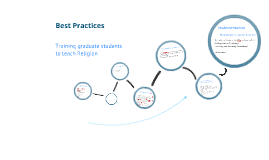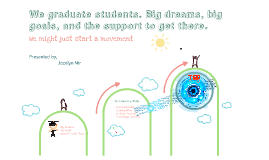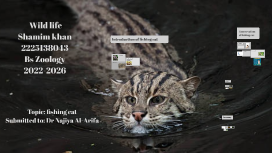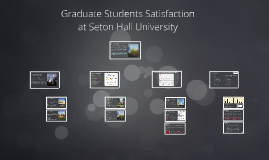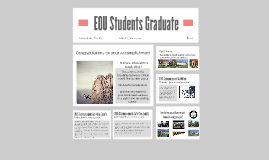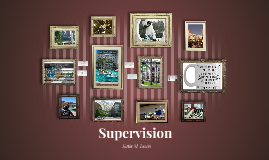Graduate Students
Transcript: - Underage drinking is not an issue, BUT binge drinking is - 73.8% of graduate students within the past 30 days reported alcohol use - 43.9% of students participated in “high risk” drinking behaviors within the past month On campus in Festival Ballroom Downtown Harrisonburg Sustainability Formative informational posters around campus Summative monitor SAFERIDES use by grad students social media Theory of Reasoned Action Theory of Planned Behavior Theory of Reasoned Action Evaluation Plan Goal and Objectives Emily Kidd, Taylor Coats, Zach Meyers, Daniel Schiele, Emily Poelma Price Free to students NCAA CHOICES Grant JMU Health Center public funding Goal to become a line item Graduate Student Population Implementation Plan NCAA program for colleges 3 year $30,000 grant implemented to teach about and reduce alcohol risk behaviors -Food truck rally -Farmer's market -Yoga open house at The Center -Trivia Night at Capital Ale House, BWW and Dave's -Local band night at Clementine's -Ruby's Arcade -Puppy Farm visits -Shenandoah lake -Alternative breaks/weekends Goal: Decrease binge drinking and alcohol risk behaviors among JMU graduate students Incentives Social Media- List of Events Objectives JMU Graduate student will have attended at least 1 CHOICES program session by Spring 2017. 80% of Graduate students will demonstrate a greater awareness of alcohol-risk behavior consequences as demonstrated from an online quiz by Spring 2017. Increase graduate students’ awareness of alcohol-free events through JMU Health Center and UPB social media (Twitter and Facebook) every week for Fall 2016 and Spring 2017. The JMU Graduate Student Association (GSA) will implement a mandatory pre-registration (August 2016) online CHOICES toolbox that provides information on alcohol behaviors and consequences. Graduate students will increase use of SAFERIDES by 15%, while decreasing the occurrence of driving under the influence over the Summer and Fall of 2016. intrapersonal level theory covers both health and overall behavioral choices 3 constructs used subjective norm intention attitude toward behavior Promotion flyers will be put up over campus and in downtown "hot spots" for graduates such as restaurants, bars and coffee shops. Use Social Media Sites, Twitter, Facebook, Instagram Done at the beginning of the school year by conducting educational programs and quizzes mandatory for students to complete. Product NCAA CHOICES PROGRAM Specifically targets an at risk population Alcohol free activities on the weekend Mandatory educational activities along with quizzes that go along with these educational programs Opportunities for SAFE RIDES to provide sober rides for students. Theory of Planned Behavior CHOICES IMPLEMENTATION CHOICES coordinators Tia Mann, Paige Hawkins, Elizabeth Howley & Kim Johnson 2 Health Sciences Masters program volunteers Student volunteers Statistician Social Media marketing intern Graduate Students encourage implementation past 3 years get health center to use money from budget in following years to continue program implementation fundraiser events support from Harrisonburg community SAFERIDES, GSA and JMUHC -Anderson, D. S. (2009). Best of CHOICES. Fairfax, VA: George Mason University. Retrieved from https://www.ncaa.org/sites/default/files/BestofChoices2009.pdf. -Boston University School of Public Health. (2016). The Theory of Planned Behavior. Retrieved from http://sphweb.bumc.bu.edu/otlt/MPH-Modules/SB/SB721-Models/SB721-Models3 .html -Carry A., Neinstein, L., Swinford, P., Verrochi, K., Molina, E. (2014). National College Health Assessment Report. Retrieved from https://engemannshc.usc.edu/files/2012/12/NCHA-Rep ort-2014-University-Park-Campus-Undergraduate-and-Graduate.pdf -Department of Health Sciences. (19 February 2013). High Risk Drinking Attitudes on Campus Studied. Retrieved from http://www.healthsci.jmu.edu/features/alcoholresearch.html Facts and Figures (2016) Annual Security and Fire Safety Report. Retrieved from https://www.jmu.edu/about/fact-and-figures.shtml -Hoban, M., Leino E. V. (2014). Graduate and Professional Students. Hanover, MD: American College Health Association. Retrieved from http://www.acha-ncha.org/reports_ACHA-NCHAIIb.html -Health Behavior and Health Education. (n.d.). Retrieved from http://www.med.upenn.edu/hbhe4/part3-ch8-key-constructs.shtml -Health Behaviors of Adults: United States, 2008-2010, 10th ser., 5-8. (2013). Retrieved from http://www.cdc.gov/nchs/data/series/sr_10/sr10_257.pdf -Health Education. (n.d.). Alcohol and Other Drug Prevention, Intervention, and Recover. Retrieved from http://www.jmu.edu/healthcenter/PreventionandEducation/index.shtml -JMU Plans. (n.d.). Retrieved from https://www.jmu.edu/jmuplans/about.shtml -McKenzie, J. F., Neiger, B. L., & Thackeray, R. (2008). Planning, implementing, and evaluating health promotion programs: A primer (6th ed.). San Francisco, CA: Pearson/Benjamin Cummings. -Parks, G. A., & Woodford, M. S. (2005). CHOICES about alcohol:






